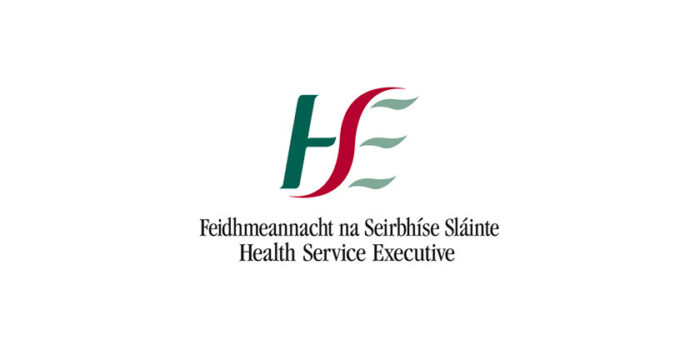
Last November, the Iona Institute drew attention to an academic study from University College Cork which strongly indicates that late-term abortions are taking place in Irish hospitals, with the babies sometimes being left to die following a termination.
The study was mostly ignored by mainstream media in Ireland but attracted some attention internationally. It was also mentioned twice in the Seanad and it sparked a debate in the Dail.
During the debate the Minister for Health, Stephen Donnelly, who wasn’t present and spoke through a representative, failed to recognise the horror of what is happening in Irish hospitals. He simply referred to the current legislation and to the clinical guidelines.
After the debate, Deputy Carol Nolan asked Minister Donnelly to address the study which referred to conflicts between abortion doctors and neonatologists about what should happen to a baby if it born alive following a late-term abortion. The Minister referred the question to the HSE, which have replied with a letter that you can read here.
There was also the question of when an unborn child actually has a fatal abnormality and therefore a legal abortion is permitted after 12 weeks pregnancy. This has also given rise to disputes between doctors.
The HSE letter contains some claims that are in obvious contradiction with the personal testimonies of the doctors interviewed in the UCC study.
For example, the letter says: “The multidisciplinary team including both foetal medical specialists [some of whom conduct abortions] and neonatologists works together in a cohesive manner in the provision of this care [care for the mother only]. Discussions between the specialities are both complex and detailed. The entire multidisciplinary team is united in providing respectful, compassionate care, advocating for the needs of both mother and foetus.”
The UCC study, instead, highlights the conflicts arising between different members of the multidisciplinary team when cases involving late-term abortions of children with possibly lethal conditions arise.
It says: “Despite identifying the need for collaborative working, nearly all participants experienced ‘conflict’ or ‘opposition’ when discussing the fatality of conditions. Half of the fetal medicine specialists described meetings involving ‘contentious cases’ as being ‘divisive’.”
It continued: “They shared that there was ‘a massive uncomfortableness’ and ‘suspicion’ with termination of pregnancies. Over half of the Fetal Medicine Specialists experienced conflict with neonatologists. Participants reported frustration that these colleagues would engage in decision making for termination of pregnancies for fatal foetal abnormality but would refuse to care for the woman and her baby ‘if the driving force was termination’. This generated concern for fetal medicine specialists as they are ‘unclear as to who will look after those babies’ if a baby is born alive following termination of pregnancy by induction of labour and without feticide, resulting in them ‘begging people to help’ them in providing palliative care.” (p. 5)
This is the opposite of what the HSE letter claims. The UCC study clearly mentions conflict among specialist among its results: “Although they recognised teamwork as essential, conflict and opposition was widespread within their practice, as a result of differences of opinion regarding what qualifies as an fatal foetal abnormality and the practice of feticide.” (p. 6)
Both the Minister and the HSE should not downplay the level of division and conflict about abortion that exists within the Irish maternity system, and they should acknowledge the brutal reality of late-term abortions and feticide.
The HSE letter amounts to a white-wash that covers up the grim reality of what is happening in our hospitals.
Nessun commento:
Posta un commento